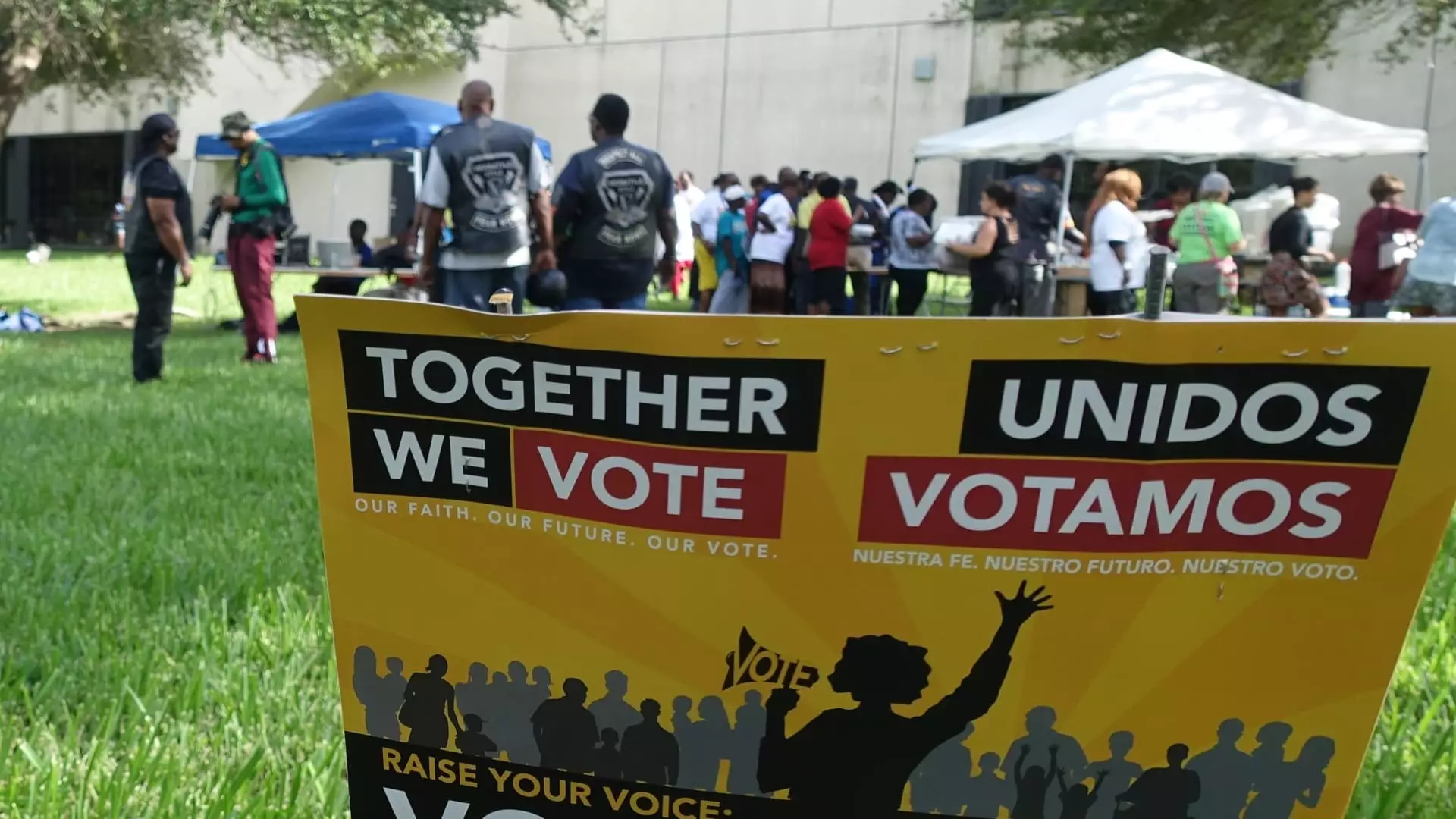The Harris campaign is amplifying its efforts aimed at Latino voters as they roll out a series of targeted initiatives to connect with this vital demographic ahead of the approaching elections. The urgency of this outreach is underscored by the impending start of early voting in key battleground states that have significant Latino populations, including Arizona, Nevada, and Pennsylvania. At the forefront of this effort is Vice President Kamala Harris, who is preparing to deliver a keynote address at the Congressional Hispanic Caucus Institute’s annual conference, marking the campaign’s intention to engage directly with community leaders and activists.
As part of the campaign strategy, notable figures such as Minnesota Governor Tim Walz and various Latino leaders will embark on a tour to promote voter engagement. This broad approach highlights the recognition that Latino voters hold significant sway in the electoral process, making their mobilization essential for the campaign’s success.
One of the most striking components of the campaign’s outreach is its innovative use of venues and events that resonate with Latino culture, particularly in sports. Recognizing the popularity of boxing and baseball in the community, the campaign plans to harness high-profile events—such as the upcoming super middleweight boxing bout between Canelo Alvarez and Edgar Berlanga in Las Vegas—to capture the attention of potential voters. Surrogates, including prominent politicians and the campaign manager, will be present at these events to engage directly with fans, ensuring that the message reaches the heart of the communities they are targeting.
Additionally, the campaign’s investment in a $3 million advertising campaign on Spanish-language radio marks a significant commitment in Hispanic media outreach. This unprecedented spending, aimed at voter interaction from September 15 to October 15, is designed not just to broadcast messages about Kamala Harris’s accomplishments and policies but to establish a connection with Latino voters in their preferred media formats.
The Harris campaign is also taking advantage of National Hispanic Heritage Month to organize gatherings and events that celebrate Latino culture, while simultaneously creating forums for voter education and engagement. This strategic timing aims to facilitate discussions around the electoral stakes while acknowledging and honoring the contributions of Latino communities across the United States. With events planned around Mexican Independence Day, the campaign recognizes the importance of cultural touchpoints to foster deeper connections with voters.
Activities such as church gatherings for voter outreach also reflect a grassroots approach to engaging communities where Latinos gather, establishing a foundation of trust and familiarity. The campaign’s “Latinos con Harris-Walz” initiative—a mobilization effort involving community leaders—will leverage these events to discuss both local issues and the larger national landscape that impacts Latino lives.
In a tactical maneuver to combat the rampant spread of misinformation that exists on social media platforms, the campaign has launched a “Latinos con Harris-Walz” WhatsApp channel. This proactive measure aims to connect directly with voters, particularly those who might be swayed by inaccurate information concerning the electoral process or the candidates. By deploying “trusted messengers” from within the community to disseminate accurate information, the campaign seeks to elevate the voices of those who truly understand the nuances of the issues at stake.
Surveys indicate that support for Vice President Harris tends to be higher among Latinos in Spanish-speaking households compared to those in English-speaking households. This demographic insight highlights the importance of tailor-made messaging strategies that resonate with different segments of the Latino community, recognizing the language and cultural contexts that shape voter preferences.
As the Harris campaign solidifies its outreach to Latino voters, the stakes are higher than ever. This intricate and well-planned strategy aims to galvanize support in communities that hold substantial electoral power. Through a blend of cultural engagement, direct communication, and extensive media outreach, the campaign appears poised to not only inform but also inspire Latino voters to participate in the election process. In a political landscape characterized by division, this approach emphasizes the importance of inclusivity and diversity, striving to ensure that every voice is heard and valued in the democratic process. The success of these efforts may well determine the outcome of the election and the trajectory of policies impacting Latino communities throughout the nation.


Leave a Reply